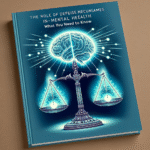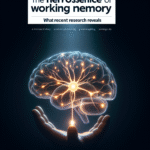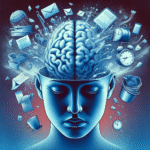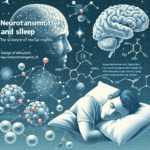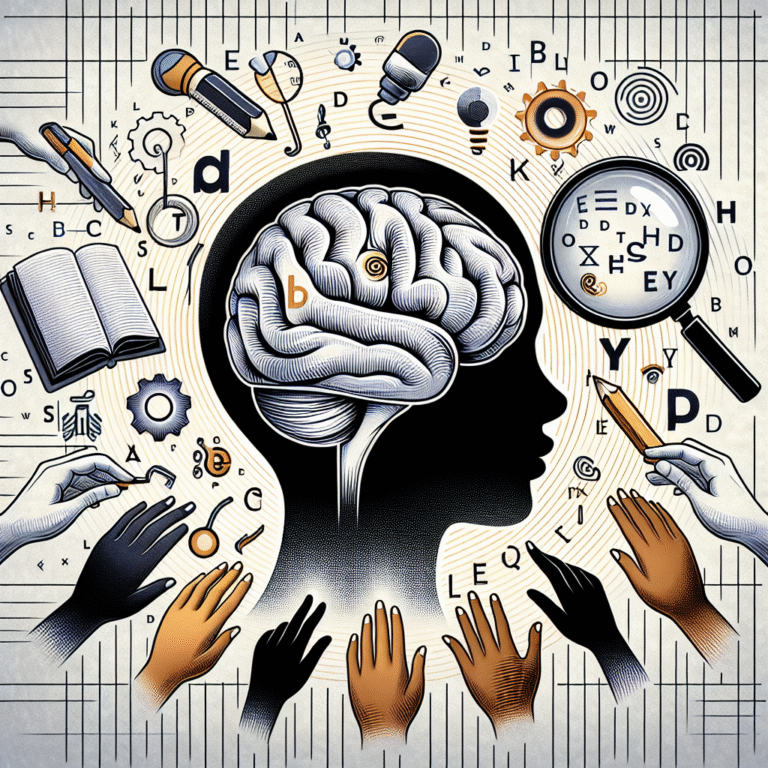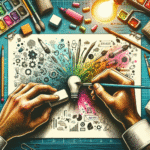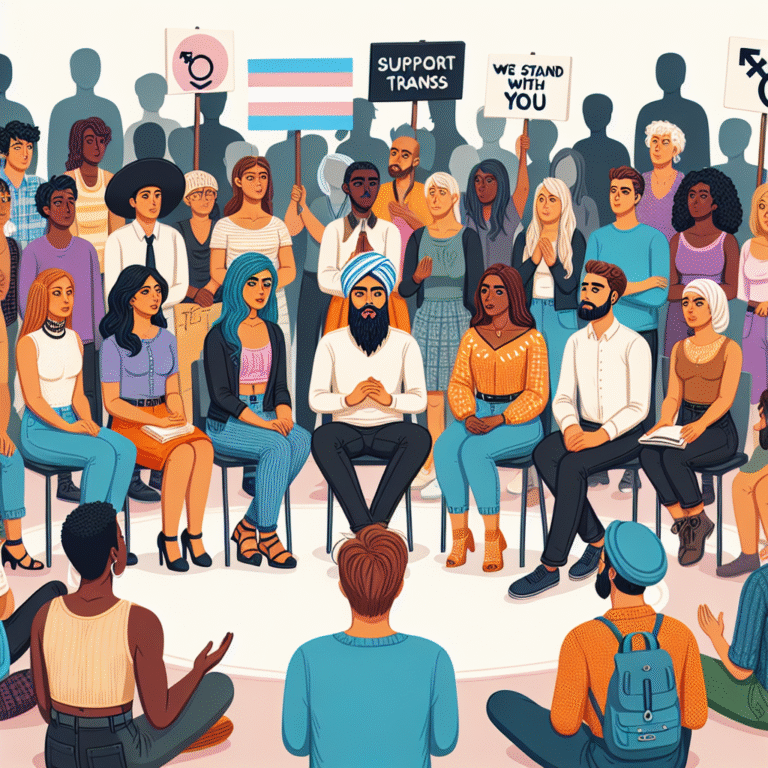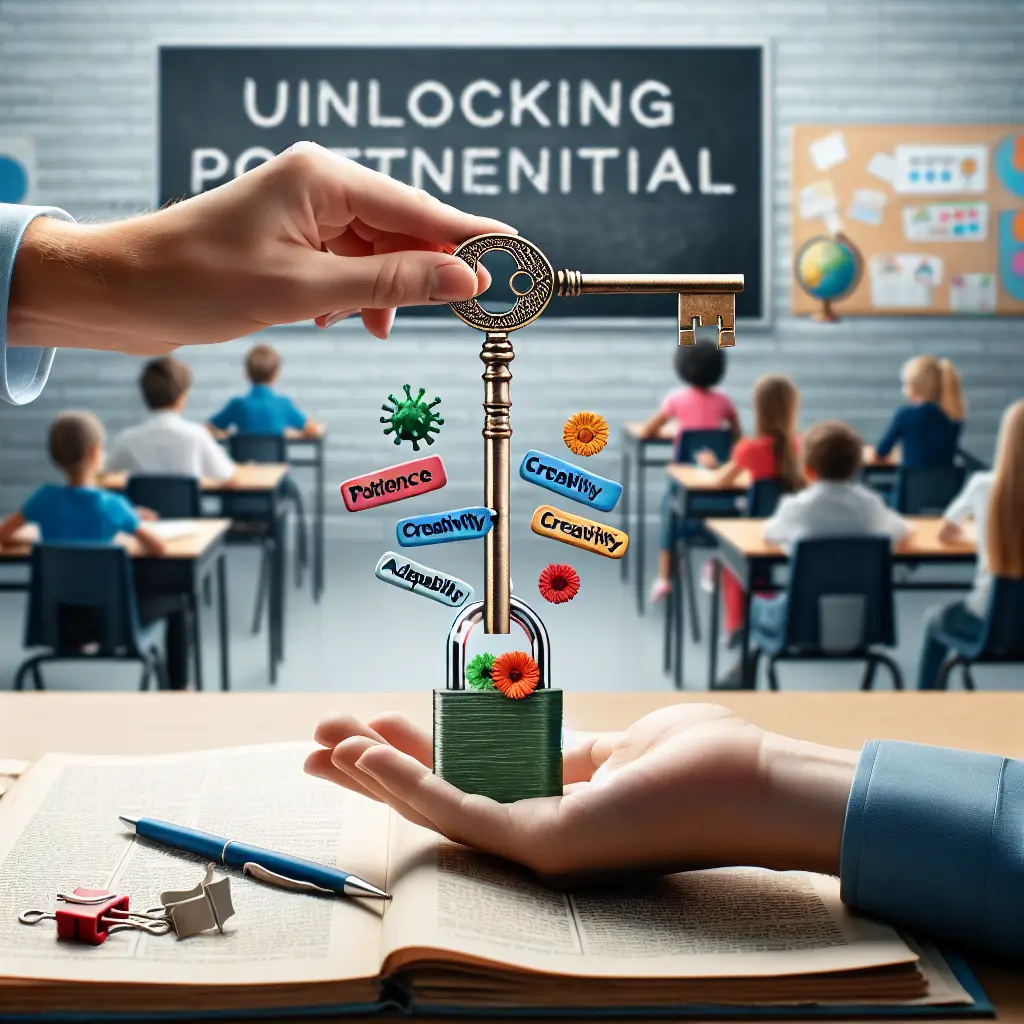
Unlocking Potential: Essential Teaching Strategies for Students with Learning Disabilities
Introduction
Learning disabilities can often feel like a barrier to academic success. Yet, within every challenged learner lies untapped potential waiting to be unlocked. Educators play a crucial role in this process, wielding effective teaching strategies to create inclusive, supportive classrooms that empower all students. In this article, we delve into "Unlocking Potential: Effective Teaching Strategies for Students with Learning Disabilities," exploring innovative approaches, real-world applications, and practical guidance that can make a difference in the lives of students facing learning challenges.
Understanding Learning Disabilities: A Foundation for Empowerment
Before discussing strategies, it’s essential to understand what learning disabilities are and how they impact student learning. Common types of learning disabilities include dyslexia, dyscalculia, and ADHD, each presenting unique challenges regarding reading, math, and attention, respectively.
Case Study: Jake’s Journey with Dyslexia
Jake, a 10-year-old fourth grader, struggled with reading. Every time he faced a text, anxiety washed over him. His teachers, while well-meaning, often resorted to traditional teaching methods that left Jake feeling frustrated. However, once his school adopted multisensory teaching strategies, everything changed. Through methods that engaged his sight, sound, and touch, he began to process information differently. With proper support, Jake’s performance dramatically improved—demonstrating the profound impact of tailored teaching strategies.
The Importance of Individualized Approaches
To effectively address the needs of students with learning disabilities, educators must recognize that these individuals learn differently. This underscores the importance of Individualized Education Programs (IEPs) that outline specific strategies tailored to each student’s strengths and weaknesses.
Effective Teaching Strategies
1. Multisensory Learning Techniques
Research shows that engaging multiple senses in the learning process enhances retention and understanding for students with learning disabilities. This can include techniques such as:
- Visual Aids: Use pictures, charts, and graphs to help students visualize concepts.
- Auditory Supports: Incorporate audiobooks and sound recordings to reinforce learning through listening.
- Kinesthetic Activities: Integrate hands-on activities, allowing students to physically engage with materials.
Table: Multisensory Techniques Overview
| Sense | Technique | Example |
|---|---|---|
| Visual | Charts and graphs | Using visual story maps |
| Auditory | Audiobooks | Listening to a book while reading |
| Kinesthetic | Manipulative materials | Using blocks for math problems |
2. Structured and Predictable Routines
Establishing a structured classroom environment helps students with learning disabilities thrive. Predictable routines reduce anxiety by providing clear expectations.
Case Study: Emily’s Success with Routines
Emily, who has ADHD, often found herself overwhelmed by sudden changes in classroom activities. Her teacher introduced a visual schedule that outlined the day’s events. Over time, Emily became more engaged and less anxious, demonstrating the effectiveness of routine in enhancing focus and engagement.
3. Scaffolding Techniques
Scaffolding involves breaking down learning tasks into manageable steps. This strategy helps students progress without feeling overwhelmed.
Example of Scaffolding in a Literacy Lesson
Instead of assigning an entire book to read, a teacher might:
- Introduce key vocabulary.
- Break the chapter into sections.
- Use guided reading methods to support comprehension.
4. Collaborative Learning Environments
Creating opportunities for peer collaboration can also foster learning. Students working with classmates can share diverse perspectives and learn from one another.
Case Study: The Group Project Initiative
In a middle school science class, students with learning disabilities paired up with peers for a group project on ecosystems. The collaborative environment allowed them to harness their unique strengths. As a result, the project not only improved their academic performance but also bolstered their social skills.
5. Use of Technology
Leveraging technology is an effective way to engage students with learning disabilities. Various tools can cater to different needs, such as text-to-speech software for those with reading difficulties or organizational apps for students struggling with attention.
Chart: Popular Educational Technologies for Learning Disabilities
| Technology | Purpose |
|---|---|
| Text-to-speech | Assists with reading comprehension |
| Digital organizers | Helps students manage assignments |
| Interactive apps | Engages students through gamified learning |
6. Culturally Responsive Teaching
Recognizing cultural backgrounds can enhance learning experiences for students with learning disabilities. Culturally responsive teaching involves honoring and integrating students’ cultural contexts into lessons, validating their experiences and perspectives.
Conclusion
Unlocking potential for students with learning disabilities requires a multifaceted approach. By implementing effective teaching strategies that are tailored to individual needs, educators not only enhance academic success but also boost the confidence and self-worth of their students. Remember, the goal is not to change the students to fit the mold but to adapt teaching practices to unleash their unique potential fully.
FAQs
-
What is a learning disability?
A learning disability is a neurological condition that affects how an individual processes information, often resulting in difficulties in reading, writing, math, or other areas of learning. -
How can I identify if a student has a learning disability?
Signs can include difficulty with reading or math skills, trouble following instructions, challenges organizing tasks, or inconsistent academic performance compared to peers. -
What is the role of an Individualized Education Program (IEP)?
An IEP is a customized learning plan that outlines specific educational goals and the support services required for a student with learning disabilities to succeed. -
How can parents support their child with learning disabilities?
Parents can advocate for their child’s needs, provide a supportive home environment, communicate with teachers, and use resources that promote effective learning strategies. -
What are some additional resources for teachers?
Teachers can explore resources such as the International Dyslexia Association, ADDitude magazine, and specialized professional development courses focused on learning disabilities. - Are there effective teaching strategies for online learning?
Yes! Strategies like using interactive tools, providing clear outlines, engaging students through video content, and maintaining frequent communication can enhance learning in a virtual setting.
As we work towards unlocking the potential in every student, let us embrace diverse approaches, celebrate individuality, and commit to fostering inclusive learning environments where every student can thrive.
